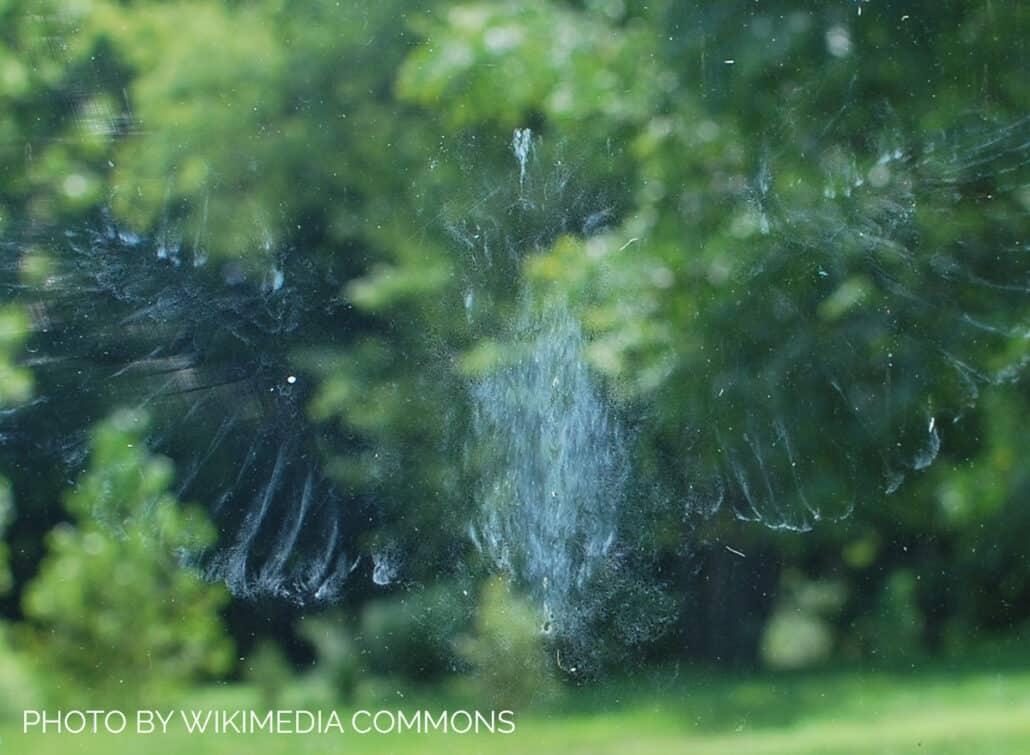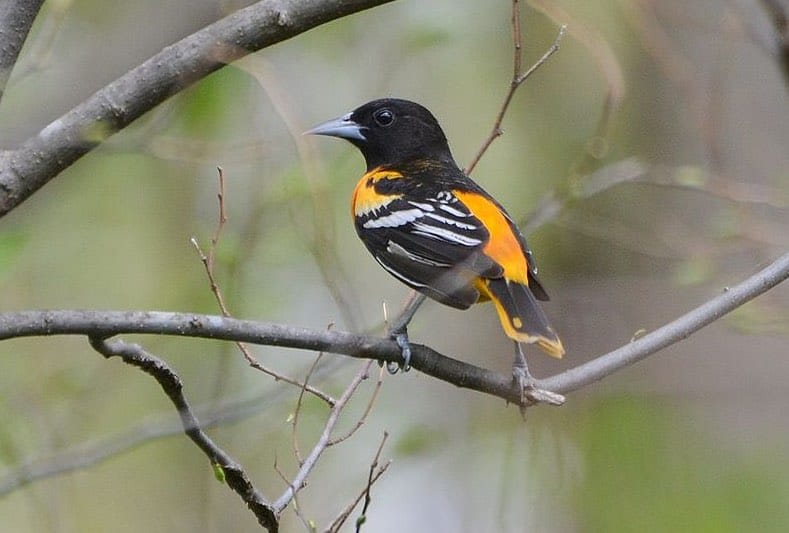(NOTE: Injured raptors require special handling. See what to do with an injured hawk »)
Your immediate goal is to keep it safe and reduce its level of stress without causing further harm. The best way to do that is to put it into a secure, dimly lit container. If the bird is lying in a reasonably safe place, go find a paper bag slightly larger than the bird. A lunch bag or a paper grocery bag is fine.
If you need to move the bird immediately to keep it safe (from pedestrians, cats, traffic, etc.), pick it up as gently as possible with your hands. Hold it securely and well supported without squeezing it, or gently place it out of harm’s way (outdoors) while you go find that bag.
Warning: While a stunned bird won’t bite, an alert injured bird might! These instructions are for an unconscious or groggy bird.
Gently place the bird in the bag, fold the top over, and secure with a clip. This makes a secure container in which the bird cannot hurt itself.
During hot weather, place the bag in a shaded spot where it will not overheat, or, if the outdoor temperature is frigid, place the container in the sun, but make sure the bird is in a dim or dark space and does not overheat. Check on the bird every 15 minutes or so by listening for movement. Don’t unclip the bag if you take it indoors; it might escape the bag and get trapped in your house!
When you hear the bird scratching about, it should it be ready for release. Slowly and gently turn the bag onto its side and unclip the top so the bird can walk, hop, or fly out when it is ready. (It might be difficult for a bird to fly straight up to exit a tall, upright bag.) It could take the bird an hour or more to recover from a hard strike. Give it time. Do not offer the bird food or water as it is recovering, and don’t try to force-feed it.
If the bird is alive but has visible injuries such as a broken leg or wing, open wounds, or injuries to its eyes or bill, it will need to be taken to a wildlife rehabilitator as quickly as possible.Try the websites below to find a wildlife rehabilitator near you:
• State Agency Lists of Permitted Wildlife Rehabilitators »
• National Wildlife Rehabilitator’s Association »
If there is no wildlife rehabilitator near you, try calling your state’s department of natural resources to ask for advice; or call a veterinarian and see if they are willing to examine or treat a wild bird (at your expense). In many cases, it is difficult or impossible to find help for injured wild birds. If the bird needs help and you are all that’s available, legally, all you are permitted to do is to keep it safe, outdoors, and hope it makes it.
Don’t be surprised if the bird doesn’t make it. Internal injuries are usually invisible, and birds sometimes die from trauma alone.
One more thing: Try to make sure this doesn’t happen again. Certain windows, because of their location or orientation, can invite strikes. Learn more at the links below:
• Things you can do to prevent window strikes »
• A Solution to Window Strikes by Julie Zickefoose (BWD March/April 2009) »




